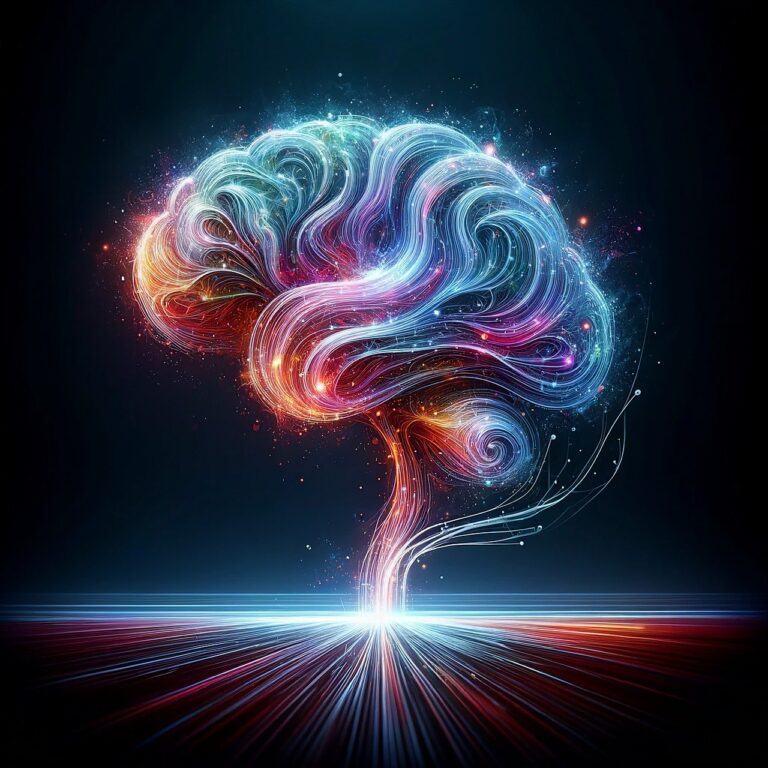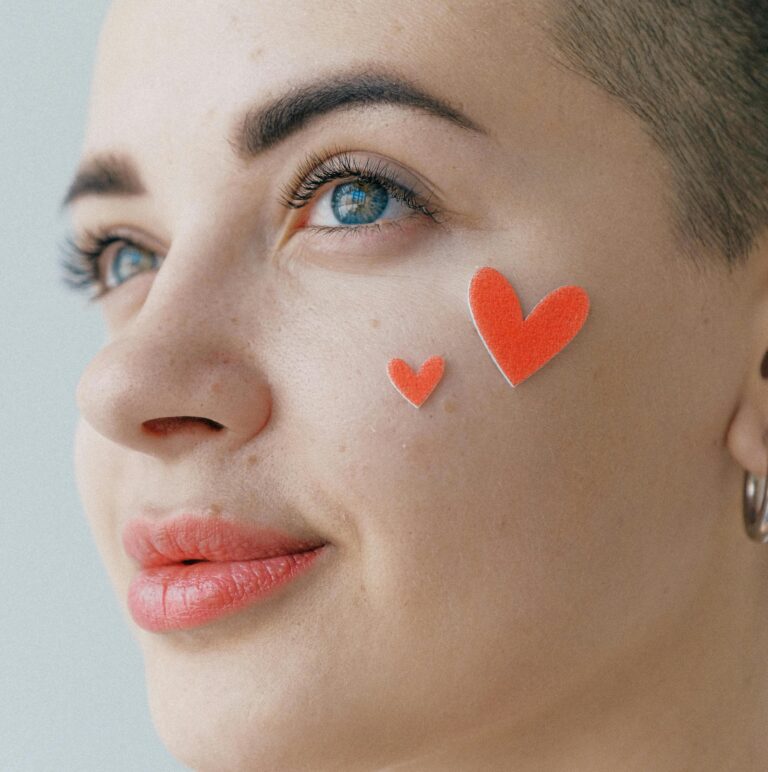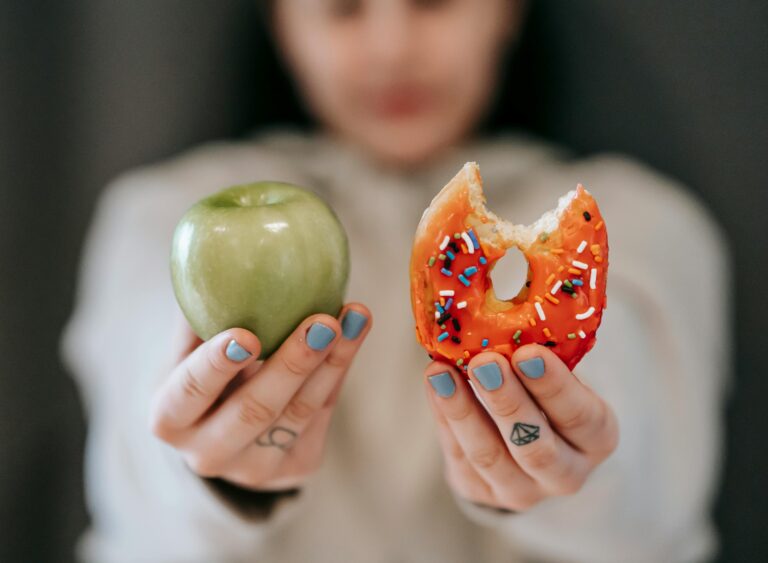You are sitting on your couch, scrolling through Facebook. You know you need to get up and start working, but you simply can’t. It’s like your brain has taken on a life of its own, refusing to let you get up and begin. “Why can’t I just DO it?” you ask yourself, again and again. You feel guilty. You feel self-loathing. You call yourself lazy. But even so, you can’t get up and start.
And it isn’t your fault.
As someone with ADHD, executive dysfunction makes starting (and continuing) various tasks HARD. This has to do with the dopamine production in your brain. In neurotypical people, the brain releases dopamine after finishing a task, giving them a pleasurable feeling. But for people with ADHD, this process is often impaired. Our brains don’t release enough dopamine to motivate us to actually do things. We don’t get the same good feeling and positive reinforcement upon completing the task as neurotypical people.
I know this battle well. So, in order to actually do things, I need to hack my brain and trick it into creating some dopamine that will help me to do the work. I’ve found several ways that help me get my ass in gear. It’s a daily battle, but with the right tools, I at least have a chance of winning it. Here are the things that help me:
1. Reward in Advance
I use this method most often. Before I sit down to write, I make myself a cup of hot cocoa. Drinking the cocoa is a pleasure for me and gets me in the mood for doing some work. I find this method helpful because it gives me the dopamine I need BEFORE I start a difficult task. The reward is up to you. You can eat a piece of chocolate. You can do some quick coloring or other favorite activities. You can watch a YouTube video with cute kittens. (Okay, this one might be a trap, so use with caution.) Just make sure your reward isn’t anything time-consuming and without a clear end, like scrolling the Facebook feed.
2. Dopamine Pairing
This is similar to the previous method. Dopamine pairing means doing a pleasure-inducing activity while doing a task I find difficult. It can be listening to music, audiobooks, snacking, sitting out in the sunshine, etc. My brain links the two activities, and after a while, I even anticipate the formerly dreadful task with pleasure!
3. Putting on a Good Song
When it comes to chores, nothing gets me started like a good song. And there’s science to back this up! French neuroscientists have used EEG to study the brains of 18 participants and found that the feeling of pleasurable “chills” while listening to a favorite song is linked to multiple brain regions involved in activating reward and pleasure systems.
“Findings reveal specific brain areas work together to process music, triggering the reward system and increasing dopamine release.” — Neurosciencenews.com
I usually put on workout playlists when I need the extra kick to do a thing I find difficult, especially the household chores. My go-to choice is the Hype Spanish workout on Spotify.
4. A reverse to-do list
I write down every single thing I have accomplished. It helps to have a list of small wins that I can look at in the evening and see that I’ve done many useful things, even if it doesn’t feel like it. My therapist makes me write daily answers to these three questions: What brought you joy today? What have you learned today? What have you accomplished today? It helped me rewire my thinking to really notice my joys and successes more. That makes me feel that I really have accomplished something and helps me feel generally more motivated.
5. Getting social
I share the tasks I plan to do. I send my friends before and after pictures of the tasks I’ve accomplished. Or just the “before” pictures. I found that if I send someone a picture of a messy spot in my house, I’m very likely to clean it afterward. There’s something about sharing the things that need to get done that makes me acknowledge them and then do them.
I also share my successes. I post on social media what I have accomplished for the day. I send a message to my friend or family member. There is a Facebook page, The Vexatious AuDHD, that has a regular post for daily victories, big and small. I contribute often. It really makes a difference to have my wins acknowledged by someone, whether it’s my friends or a stranger on the internet!
6. All work and no play makes Jack a dull boy
I always remember to maintain a healthy balance between the things I have to do and the things that give me pleasure. It’s necessary for my motivation to have enough things in my life that give me joy and fulfillment. I try to maintain diversity in my life. I give myself time to do my favorite activities, eat enjoyable food, cuddle my pets, take bubble baths, and play sports…
Whenever I neglect my needs for work, I eventually find out that I can’t work at all, and need to indulge myself in order to be able to start again. It’s a paradox — when I have too much work, what helps me the most is to take the time off. As Wikipedia says, “Without time off from work, a person becomes both bored and boring.”
These dopamine hacks have been game-changers for me as someone with ADHD. They provide me with the motivation needed to accomplish my goals. By implementing these strategies, I reinforce my own dopamine pathways, helping me overcome the executive function challenges that usually accompany ADHD. Remember, everyone’s brain is different, and what works for one person may not work for another. Experiment with these techniques and adapt them to your own needs.
~~~
This is an adapted excerpt from my ebook Lost in Time: Strategies for Managing Time Blindness, packed with short, actionable advice. Grab the ebook here!

Helen Olivier is a neurodivergent writer, AuDHD explorer, and professional overthinker with 40+ years of lived experience in the wonderfully weird world of ADHD + autism. She writes for people who’ve been told they’re “too much” or “not enough,” offering comfort, clarity, and the occasional executive dysfunction survival hack. Her blog is her way of turning daily chaos into useful insights for other neurodivergent folks.
This blog is based on personal experience and is not medical advice. Always consult a qualified healthcare professional before making changes to your health, treatment, or medications.
Helen Olivier is a neurodivergent writer, AuDHD explorer, and professional overthinker with 40+ years of lived experience in the wonderfully weird world of ADHD + autism. She writes for people who’ve been told they’re “too much” or “not enough,” offering comfort, clarity, and the occasional executive dysfunction survival hack. Her blog is her way of turning daily chaos into useful insights for other neurodivergent folks.
This blog is based on personal experience and is not medical advice. Always consult a qualified healthcare professional before making changes to your health, treatment, or medications.





